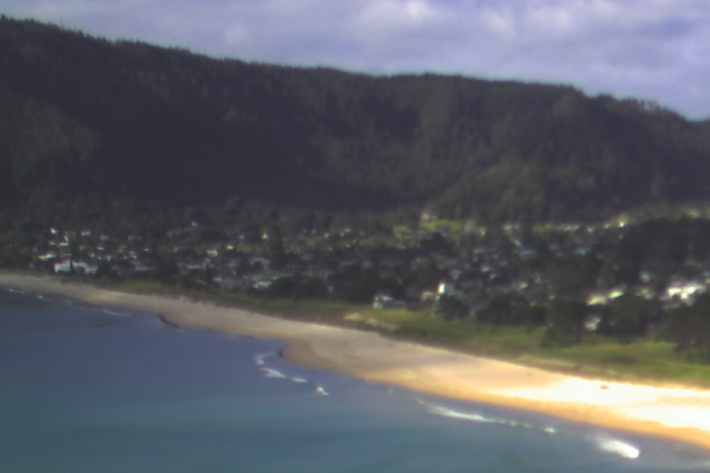-

Rainfall Deciles (RD)
If you list all the historic rainfall totals for a particular month and for a specific location, rank these from lowest to highest, then divide the list into ten equal parts, you have identified the ten rainfall deciles for that month and for that location. -

New Zealand bathymetry - Further information
Technical information about our datasets and methodology along with related resources. -
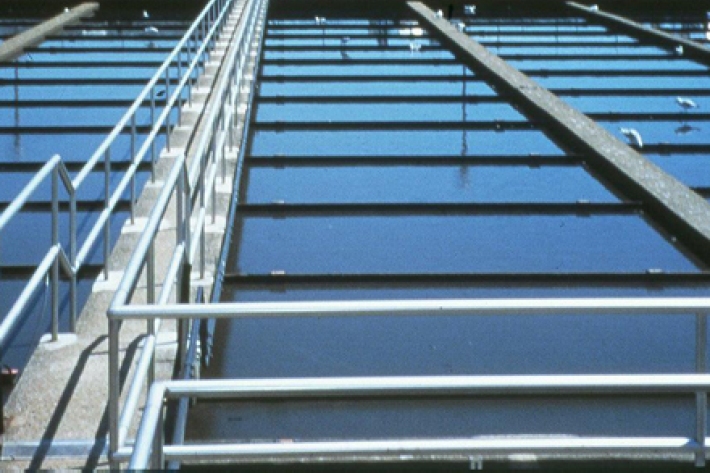
Wastewater Treatment
Wastewater treatment is the separation and extraction of solid waste from liquid waste, and the removal of nutrients and pathogens. -

Tuna - solutions: upstream passage for elvers at large barriers
The need to provide upstream passage facilities for ensuring the long term sustainability of migratory freshwater fish populations is now well recognised. -

Chemical contamination and aquaculture
What are the potential sources of chemical contamination from aquaculture activities? -
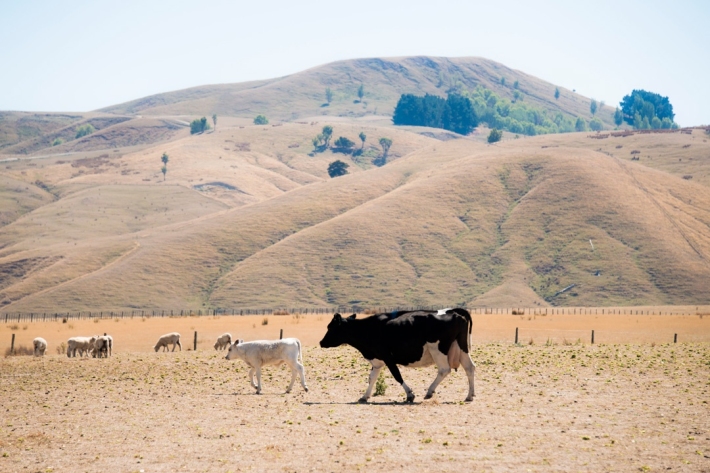
Drought
Education ResourceDefining drought and identifying its causes and impacts on humans. -
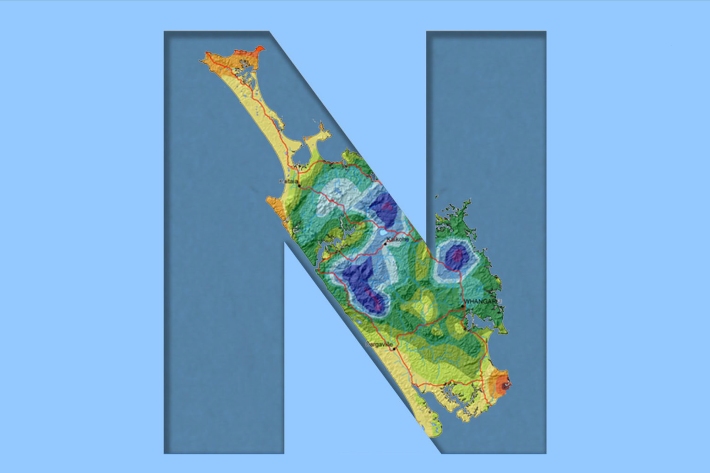
Northland
Northland, with its northern location, low elevation and close proximity to the sea is characterised by a mild, humid, and rather windy climate. -
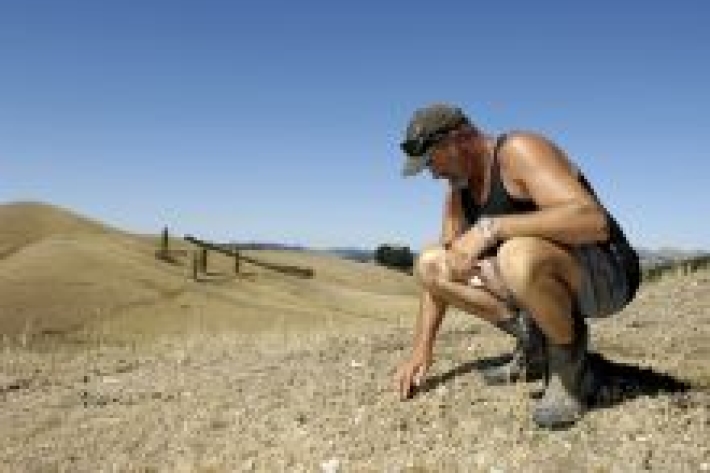
Climate change scenarios for New Zealand
Research ProjectProjections of how climate change is likely to affect New Zealand. -

Kiribati plans for climate change


